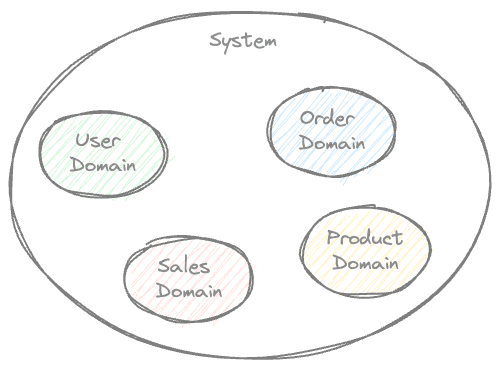In the Observability Strand there is a common theme revolving around:
- Logging data about what your users are doing
- Logging data about what your services are doing
- Logging data in a structured way
- Recognising scalability problems that cause Serverless to go wrong
These are all great activities and ideas of exactly What You Log Matters!. This is where your Observability Mindset kicks in and you start to look at the data you need to discover what is going on.

Make Your Logs Structured
The primary message with what to log comes back to doing it in a structured way. The exact structure you use depends on where you plan to use the log data to make sense of your logs. In a busy, distributed system, being able to search and filter across all your log data is critical for full observability.
Your Service Domains Drive Logging Data
Serverless systems are distributed, and typically a service will contain more than a single lambda function. When we design these systems, we break down processing into defined domains or bounded contexts. We need to think about each domain and make sure all log entries clearly define where they belong. In this way, we should end up with a hierarchy of log data domains representing the services domains across your distributed system.

In the above diagram, we see a typical breakdown of domains for a system focused on selling products. Each of these system domains may also include several smaller services which drive the functional processing. Using this domain breakdown we can introduce two key data elements for all logging across the system - namespace representing each bounded context and service representing each unique service within each bounded context. Doing this starts to logically breakdown the logging data we emit from all of our services and, when it is structured, we will be able to start querying this data to uncover the truth of what our system is doing. The following sample shows how you can represent this data in a structured JSON log message.

Thinking about What You Log is critical to understanding and reasoning about how your system functions and whether it is working, or not!

